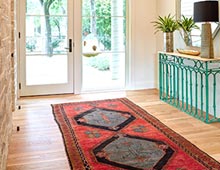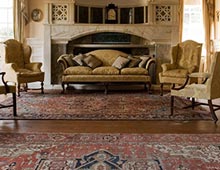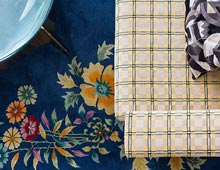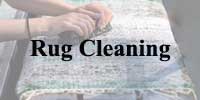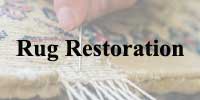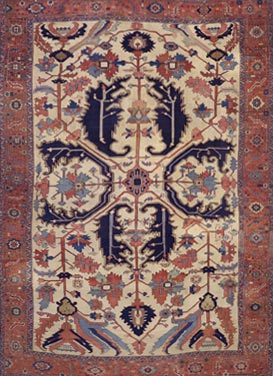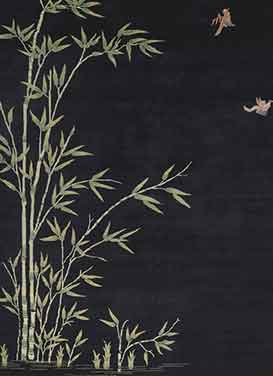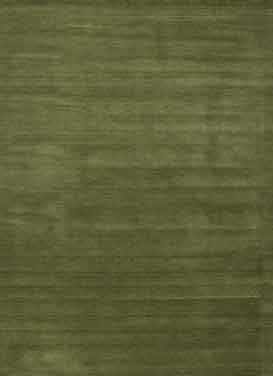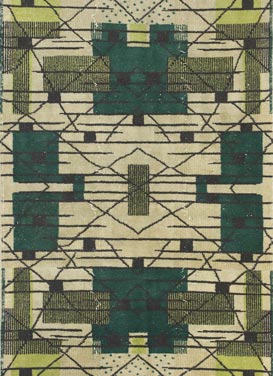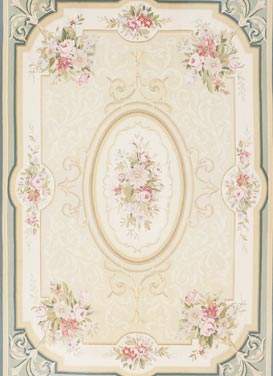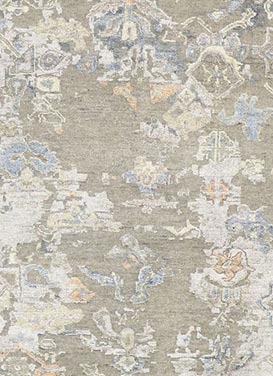Guide to Caring For Vintage Rugs & Antique Carpets
How To Care for Antique Carpets and Vintage Rugs
Guide to Caring for Vintage Rugs & Antique Carpets
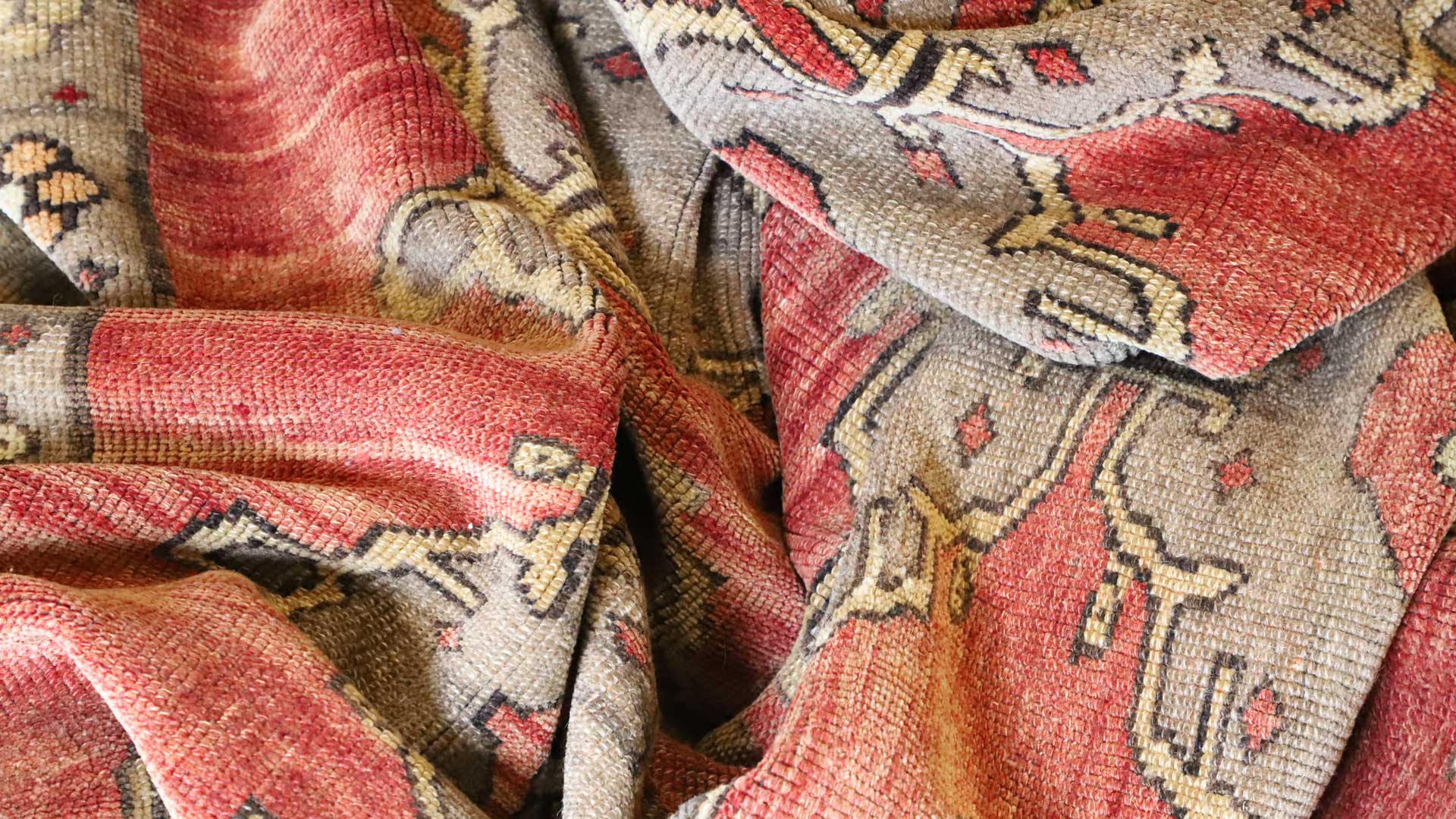
Tips for Maintaining Your Favorite Antique Carpet
Although antique rugs created from natural materials represent some of strongest and most durable textiles ever created, they still require meticulous, loving care to maintain them in their current condition. Here is a comprehensive list of do’s and don’ts to help you take excellent care of your antique or vintage rugs:
Never place potted plants on an antique rug. Water damage occurs rapidly to rugs incorporating a cotton weft and warp foundation, leaving weakened spots that can be torn away from affected areas.
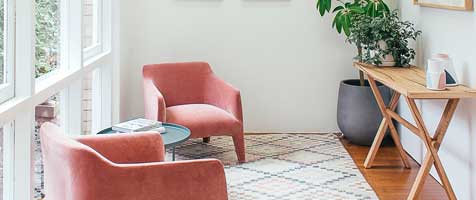
Moths do not eat carpet materials, but larvae hatched from moth eggs do. Antique rugs lying in undisturbed, darker places are vulnerable to being consumed by moth larvae, especially if the rug isn’t regularly vacuumed. Possible signs of a larvae infestation include veil-like cobwebs and debris resembling fine sand. Although rugs damaged by moths can be repaired, reweaving of larger rug areas may be quite expensive.
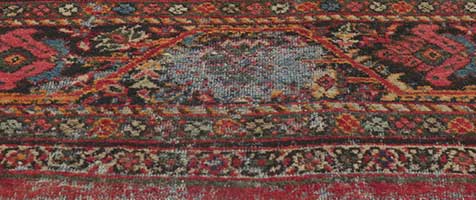
Do not use vacuums equipped with beater bars (power brushes) on antique rugs. They will “rake” the rug’s pile and place unnecessary stress on the rug. Manually brush your rug or have it professionally cleaned.
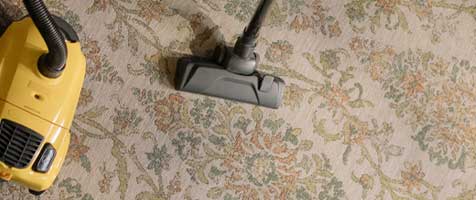
While dyes used in antique rugs resist bleaching or fading, you should still try to keep your rugs out of direct sunlight. Hanging sheers in rooms where rugs are exposed to the sun’s UV rays can help reduce the risk of fading.
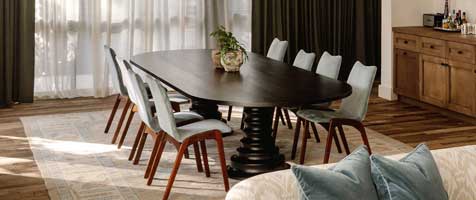
Always place high quality rug padding under your antique rugs to prolong the condition of the rug. Padding cushions the impact of shoe soles against hard floor surfaces to decrease wear and tear and prevent accidental rips. One of the best materials used to make antique rug padding is polyester felt — a strong, dense material that won’t crumble or stick to rugs like rubber padding.
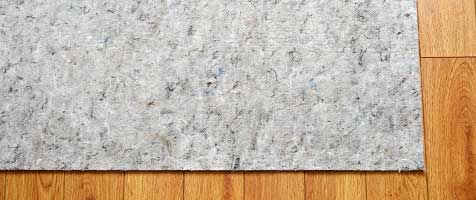
Cover furniture feet with furniture cups to avoid crushing carpet pile. If you move heavy furniture across large antique rugs, slip furniture sliders under feet to help prevent damage to the carpet.
Woven with lanolin-rich wool, antique Persian carpets are exceptionally stain resistant. If you accidently spill something on one of these magnificent rugs, blot the spill with a moist, clean cloth and then blot the spot with a damp sponge. Elevate the spot to facilitate air-drying of moist areas.
Store antique rugs in a dry, clean, climate-controlled environment, preferably between 60 and 75 degrees Fahrenheit, with humidity levels around 65 percent. Wrap carpets in paper instead of plastic, since plastic encourages mildew via moisture condensation. Also, cleaning antique rugs before storing them makes them much less attractive targets for female moths searching for the perfect places to lay eggs.
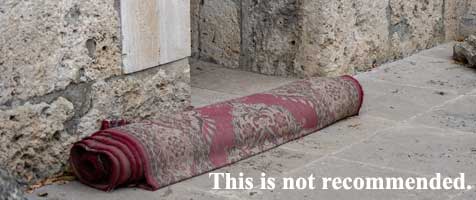
Finally, never use chemical cleaners or OTC (over the counter) organic cleaning solutions on antique rugs to eliminate stains. If a stain persists even after you have blotted and wiped the stain, call Esmaili Rugs & Antiques at (214) 651-7847 to have your rug professionally cleaned.
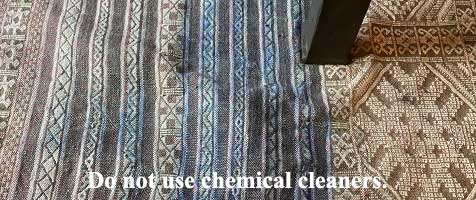
Have A Question? You Can Connect with Our Support Team by phone at (214) 651-7847 or Schedule an Appointment for In-Store at 1511 Dragon Street in the Dallas Design District. We Always Love Hearing from Antique Rug Enthusiasts, Architects, Interior Designers, Decorators or Anyone Searching for Rare Authentic Carpets in Dallas.

